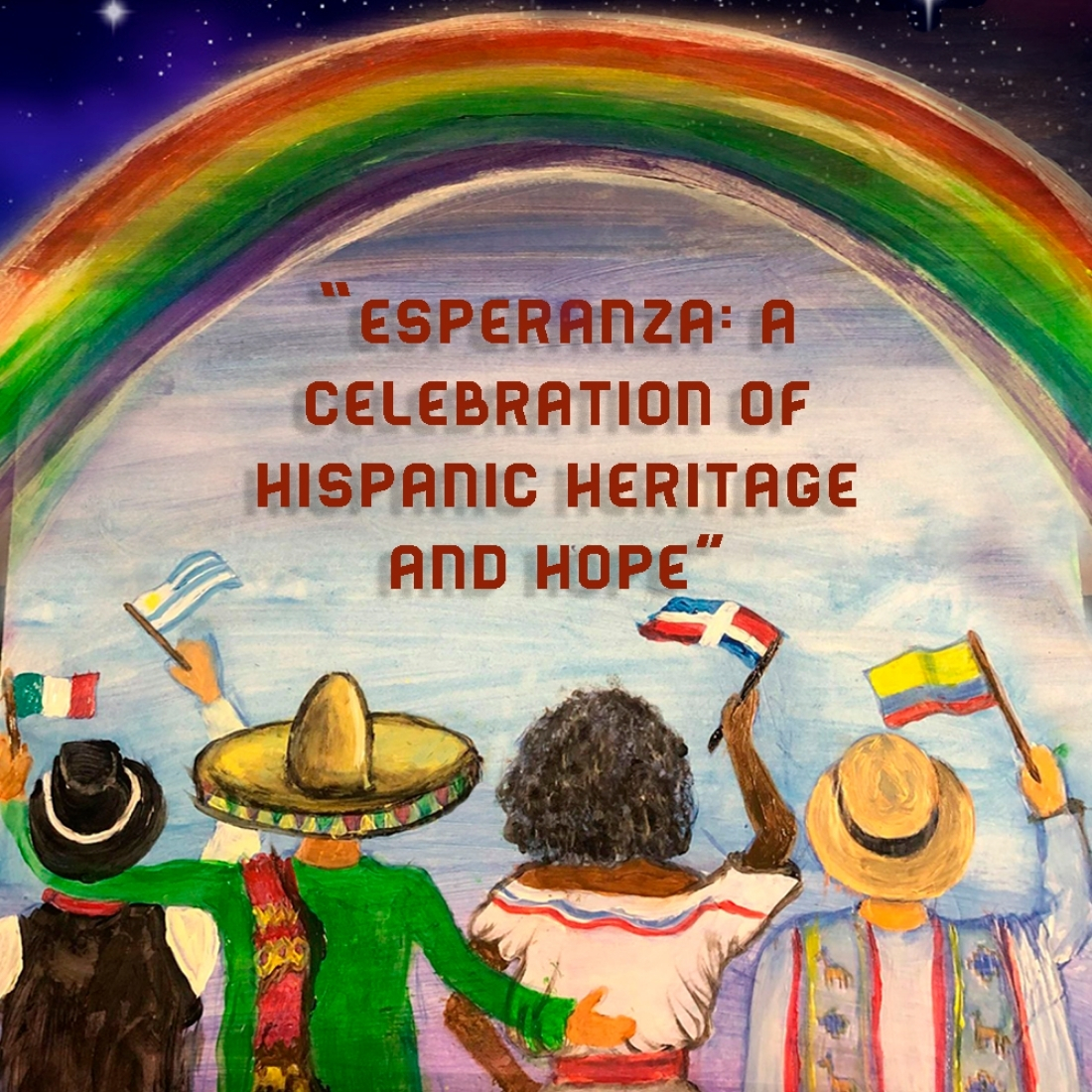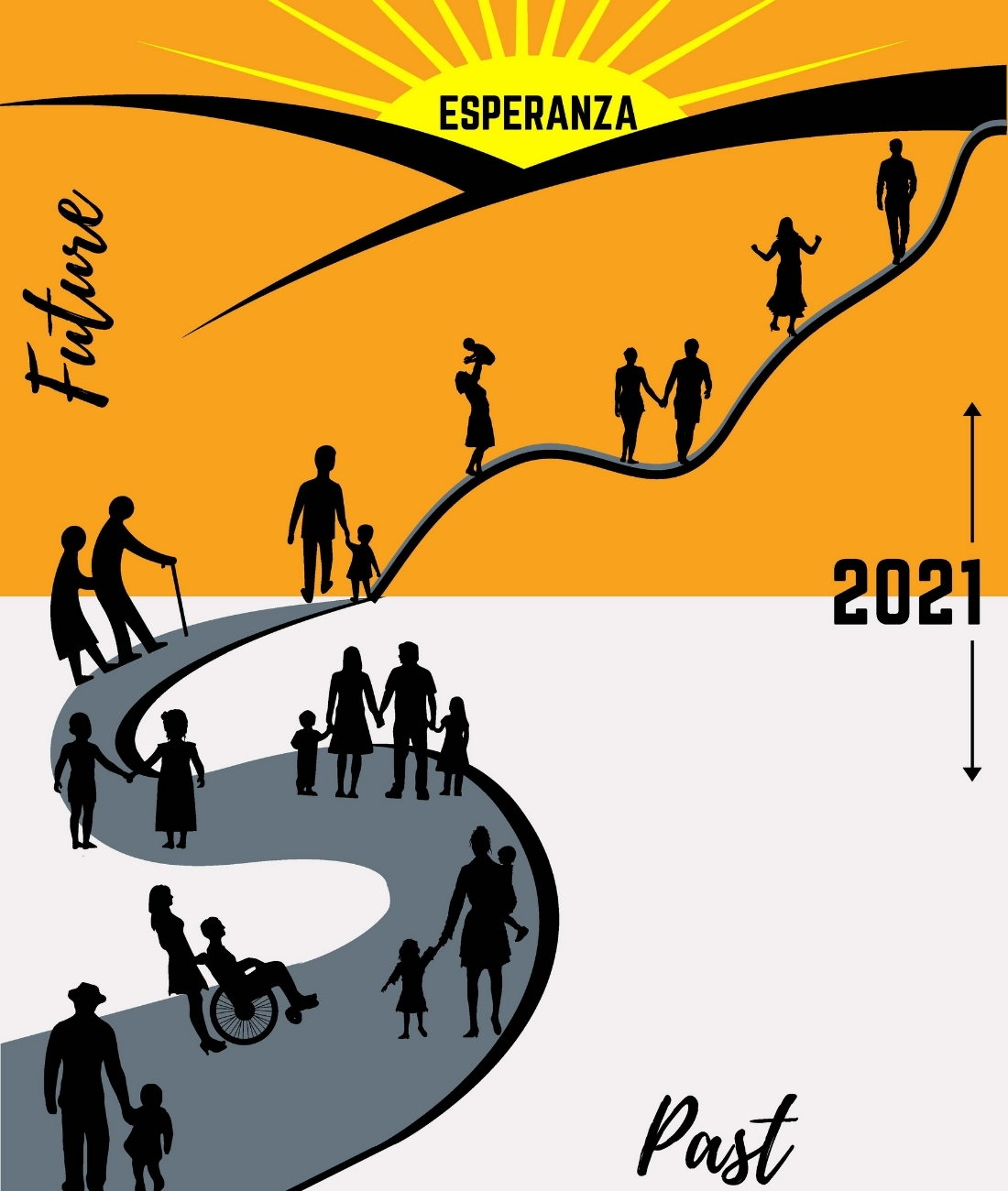
September 15 to October 15 of each year marks National Hispanic Heritage Month in the United States.
It has been admittedly tough for Americans with Hispanic heritage in recent years. We've been the target of ignorant comments and accusations from politicians looking to hit talking points. Different factions of the Hispanic community have been impacted heavily by natural disasters, COVID-19, racism, and more.
It's for that reason that this year's theme for Hispanic Heritage Month is so important. This year, as Americans celebrate the histories, cultures, and contributions of American citizens whose ancestors came from Spain, Mexico, the Caribbean, and Central and South America, we will look ahead with "Esperanza: A Celebration of Hispanic Heritage and Hope."
When did we start celebrating Hispanic Heritage Month?
There are a lot of people who have never heard about Hispanic Heritage Month, but it's been around for quite some time. The observation started in 1968 as Hispanic Heritage Week under President Lyndon Johnson. In 1988, President Ronald Reagan expanded the observance, stating the 30-day period would start on September 15 and end on October 15.
Who are we celebrating?
Hispanic Heritage Month celebrates the US Latinx and Hispanic communities. As of the 2020 census, that includes those who have Mexican, Mexican American, Chicano, Puerto Rican, Cuban, or "another Hispanic, Latino, or Spanish" heritage.
Whose idea was Hispanic Heritage Month?
California Congressman George E. Brown first introduced the weeklong version of this celebration in June 1968. Amid the civil rights movement, the congressman proposed the observance to recognize all the contributions of the Hispanic and Latino communities to American history.
Why is Hispanic Heritage Month split between two months?
The timing of Hispanic Heritage Month is intentional. It spans mid-September to mid-October so that it coincides with the independence days of five Central American countries: Costa Rica, El Salvador, Guatemala, Honduras, and Nicaragua, all of which declared independence from Spain on September 15, 1821. Mexico, Chile, and Belize also celebrate their independence during the observance month.
How has Hispanic culture impacted the US?
Aspects of Hispanic culture have been integrated into American culture. Many of the traditions of the South, such as cowboy hats and rodeos, originated in Mexico, for example. There are also several states and cities that take their names from Spanish, like Nevada, Colorado, and Los Angeles.
What else should I know about Hispanic heritage and American history?
So much! That's what this month is all about. There are plenty of Hispanic figures who have played major roles in history. Did you know that Hispanic Americans have fought in every single US war? That's just one of many facts you can learn if you take the time to do some research.
What is this year's theme for Hispanic Heritage Month?

The theme for Hispanic Heritage Month in 2021 is "Esperanza: A Celebration of Hispanic Heritage and Hope." The theme was submitted by Victor Anthony Zertuche, attorney-advisor at the US Environmental Protection Agency.
"The past year has been one unlike any in recent memory," he wrote. "For so many of us our lives have changed; we've celebrated life's milestones at home or spent holidays alone."

"But despite how our world has changed, we've kept our eyes on the horizon — we've held onto our hope," he continued.
"This theme celebrates our Hispanic heritage and our resilience. It provides us the opportunity to reflect on those who came before us and held onto hope to create a better tomorrow. It inspires us to recognize that we are stronger together and reminds us that although we are apart, with hope, we are not alone."




